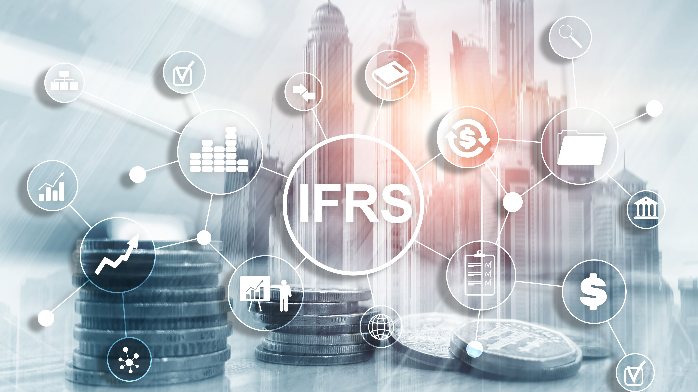ILS here to stay, IFRS17 could affect product development
By Amir Sadiq

Insurance-linked securities (ILS) are likely to remain a permanent fixture of the reinsurance market even if there are limits on how much capacity they can provide, said AM Best Analytics EMEA and Asia Pacific managing director Greg Carter during the rating agency’s insurance market briefing yesterday during the SIRC 2020 RE-MIND.

How big a part of the market ILS will be in the future is likely to be limited by the types of risks that will suit securitised structures.
“To suit an ILS solution, the losses need to be modellable to a reasonable degree, predictable to a certain extent and structured around parametric triggers that indicate a loss event,” he said. “There’s a natural limit to how much capacity can be provided by ILS.”
“What we have seen with the losses over the last few years is that some investors have paused and thought about how committed they are to the sector, but it does still represent a good diversification, generally, from a lot of other asset classes.”
He added that while investors may have a reasonably good understanding of ILS, true losses and true experience might take a while for investors to fully understand, as with any new emerging class.
IFRS17
Mr Carter also discussed the potential implications of IFRS17 which, as a significant change in the way companies report their liabilities, will have significant impact on companies with longer term business, particularly life insurers.
With regard to the credit ratings of (re)insurers, he does not expect IFRS17 to have any major effects.
“If you change the reporting format of something, you do nothing to change the underlying economics of the situation. Our view is that IFRS17 in itself shouldn’t result in any changes in ratings,” he said.
He did, however, add two caveats to that statement.
“Firstly, when your record under a different format, you may see something new that wasn’t apparent in a company before. It may be that something emerges that was lying dormant and hasn’t been picked up by us and by other observers of the industry. I think that’s a very unlikely outcome, but you have to flag that as a possibility.”
The other, longer-term, impact to consider is how product development could be impacted once companies have to report under the new format.
Under IFRS17, contracts that are potentially loss making (or onerous as described by IFRS17) will need to have their losses recorded up front as a hit taken in year one, even if there is a chance those losses may be earned back in the future.
“That may change the product design for certain types of life insurance products. And if that happens, then you’re looking at a different market, different credit conditions in terms of the risks that companies are offering,” he said.
Reinsurance remains stable
AM Best also covered how reinsurance markets are faring during the pandemic and the general consensus is that the outlook for global reinsurance markets has remained relatively stable, as it has been for the last two years.
The global market faces uncertainty around potential COVID-19 losses and government interventions, market volatility and economic recessionary pressure. Fortunately, these are offset by a number of positive indicators.
“In terms of those COVID-19 losses, we do see them as being manageable and they are very well spread in terms of geographical impact and lines of business,” said Mr Carter.
Improvements in pricing at the primary insurance and reinsurance levels along with revised appetite from third-party capital and greater discipline from traditional reinsurers are also helping to cushion the impact of headwinds.